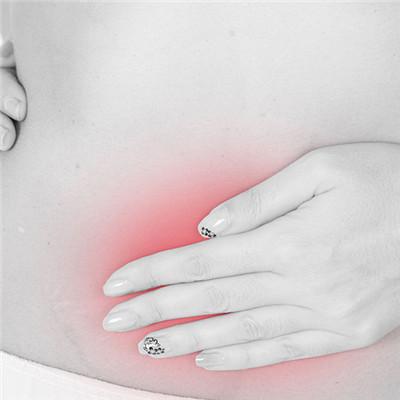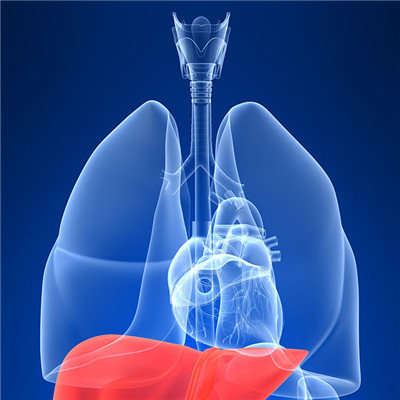What are the symptoms of vitamin D deficiency
summary
Vitamin D deficiency is quite common in life, and you don't have to worry too much when you encounter this symptom. Vitamin D deficiency is a common disease in children. This disease is caused by the deficiency of vitamin D in the body, which leads to the disorder of calcium and phosphorus metabolism in the whole body, so that calcium salt can not normally settle in the growing part of the bone, and finally bone deformity occurs. Rickets is rarely directly life-threatening, but it is easy to be ignored because of its slow onset. Once obvious symptoms occur, the body's resistance is low, and it is easy to complicated with pneumonia, diarrhea, anemia and other diseases. Let's share some experience.
What are the symptoms of vitamin D deficiency
First: rickets. It mainly occurs in children. Due to the lack of vitamin D, the bone becomes soft and deformed, leading to X-shaped, O-shaped legs, chicken breast, delayed and uneven teething, easy to caries, poor development of abdominal muscles, and easy to bulge.

Second, osteomalacia. Adult lack of vitamin D, so that the mature bone decalcification and osteomalacia, this disease is more common in pregnant, prolific women and the weak and sick elderly.

Third: osteoporosis. Due to the decrease of liver and kidney function, poor gastrointestinal absorption and less outdoor activities, the level of vitamin D in the elderly over 50 years old is often lower than that in the young, resulting in the decrease of bone mineral density and fracture.

matters needing attention
For outdoor activities, as long as the human body receives enough sunlight, the body can synthesize enough vitamin D; in addition to fortified food, the content of vitamin D in natural food is usually low, and animal food is the main source of natural vitamin D in non fortified food, such as high-fat marine fish and fish eggs, animal liver, egg yolk, cream and cheese, while lean meat, milk, milk and cheese are relatively more Nuts contain trace amounts of vitamin D, while vegetables, cereals and their products and fruits contain little or no activity of vitamin D.















